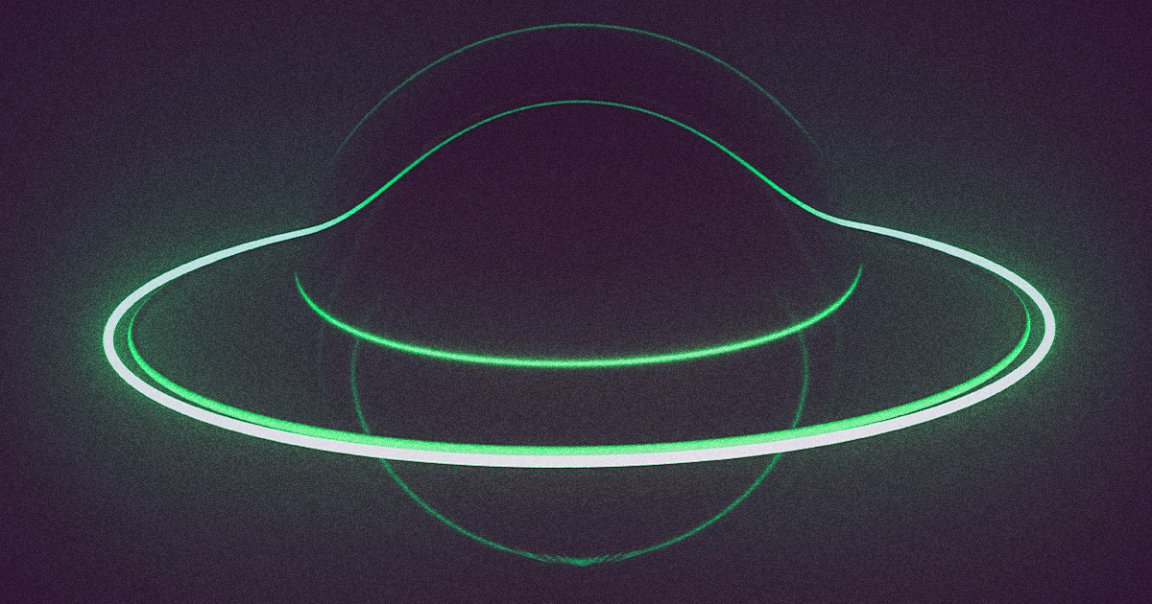
Following several high-profile UFO sightings, which are now being investigated by the Pentagon, researchers are analyzing the data — and are finding that the numbers simply aren’t adding up.
Director of the Pentagon’s All-domain Anomaly Resolution Office Sean Kirpatrick and notorious Harvard astronomer Avi Loeb have turned their sights to “highly maneuverable” Unidentified Aerial Phenomena (UAP), or UFOs, for a recent investigation.
Their findings, published in a yet-to-be peer-reviewed study, are both eyebrow-raising and sobering.
While the paper spends quite a bit of time speculating how and why an extraterrestrial intelligence, or perhaps merely its self-propagating probes, would end up in our backyard, its more important takeaways are its conclusions on the physics involved in the sightings.
In short, Kirpatrick and Loeb looked at the friction that should’ve been created between a fast-moving UFO and the air and water surrounding it, like those famously depicted in the initial videos the Pentagon released that baffled the Navy airmen that spotted them.
Taken at face value, “highly maneuverable” UFO sightings indeed appear to not abide by the laws of physics, as a “bright optical fireball” should be created by the ensuing friction.
This fireball, in turn, should also leave a resulting radio signature detectable on radar — but none such signatures were ever spotted.
Does that mean the UFOs are an alien vessel composed of some frictionless material unknown to humans? That’s far less likely. According to Kirpatrick and Loeb, there’s a lot more mundane explanation: the instruments used to observe the UFOs were simply inadequate.
“The lack of all these signatures could imply inaccurate distance measurements (and hence derived velocity) for single site sensors,” they write.
“Typical UAP sightings are too far away to get a highly resolved image of the object and determination of the object’s motion is limited by the lack of range data.”
Unfortunately, if that’s the explanation coming from Loeb, whose theories are considered by some scientists as a little “out there” à la Fox Mulder in “The X-Files,” it’s especially unlikely we’re looking at an extraterrestrial civilization coming to visit us.
The Harvard astronomer has consistently raised eyebrows, made headlines, and generally incited controversy over his bold claims and equally bold endeavors, in his quest to reveal if aliens have ever come by for a visit or not.
Infamously, Loeb has suggested that it’s possible there could be up to four quintillion alien spacecraft in our solar system, and has insisted that a mysterious interstellar asteroid dubbed ‘Oumuamua may have been an alien probe.
So while Loeb generally believes that the truth is out there, it looks like that as far as some of these “highly maneuverable” sightings are concerned, he thinks we’ll need more reliable and accurate measurements before making any definitive conclusions.
“If some observed UAP are of extraterrestrial origin,” Loeb and Kirpatrick write, “there are some practical limits on the interpretation of observed and measured data resulting from physics-based constraints.”
More on UFOs: Congressman Claims the US Government Has “Reverse-Engineered” Alien Tech from UFOs